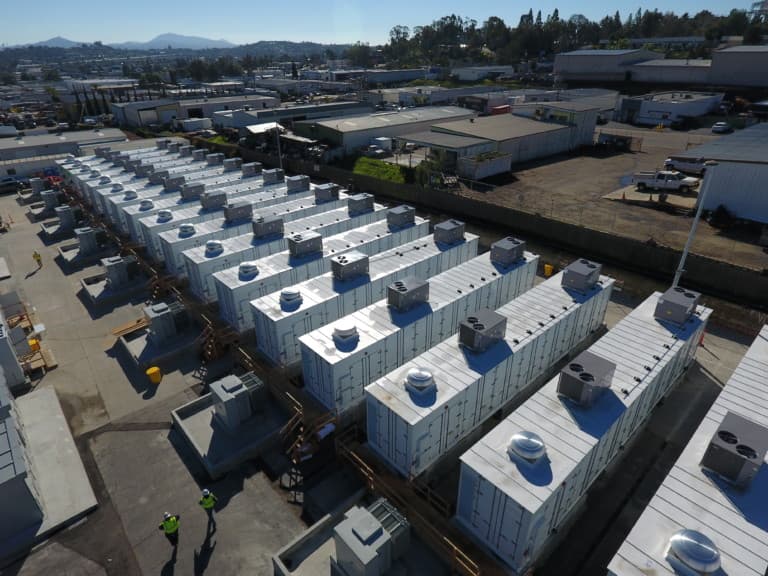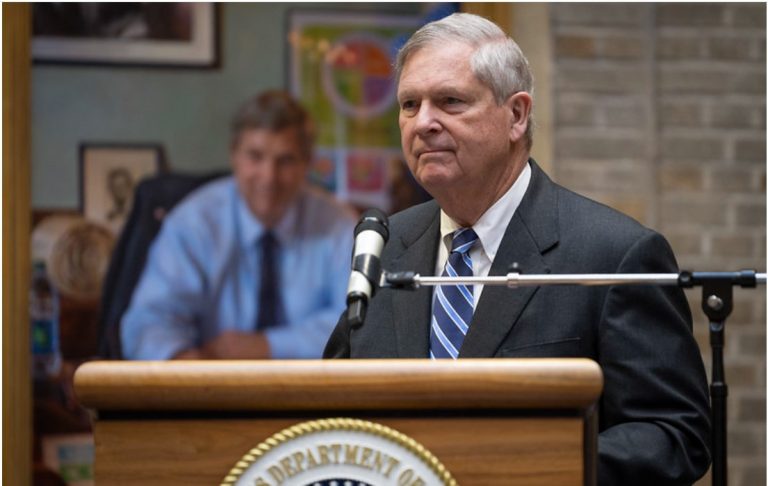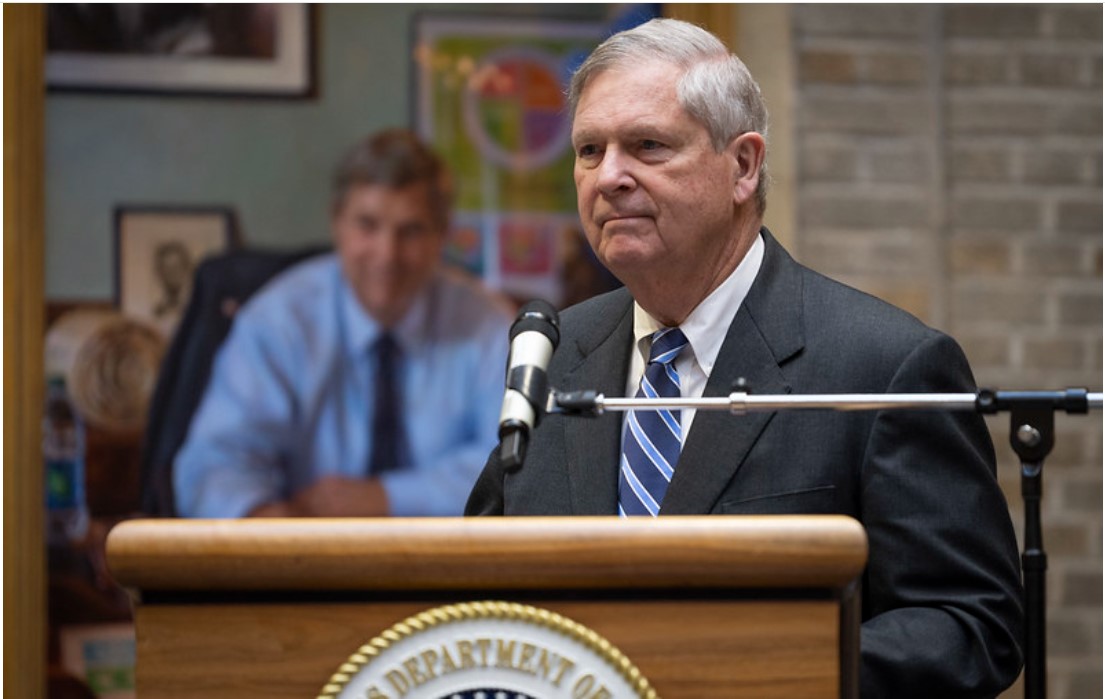One neighbor worries about the chance of fire from the system designed to provide energy when it’s needed.
WAVERLY, S.D. – Retiree A.J. Howey has a hard time understanding why a Florida energy company would build a set of industrial-sized lithium-ion batteries near his rural homestead where he enjoys puttering around in the yard and raising exotic chickens.
Howey’s property in Codington County lies amid miles of open farm and ranch land. He sees the lithium-ion batteries – which in rare cases can catch fire and release toxic chemicals – as a possible intrusion on his peaceful lifestyle. The proposed site is a third of a mile from his place.
“There’s all these square miles with no homes, and it seems like they could find a better place to put it,” Howey, 72, said during a recent interview in his home near the town of Waverly, northeast of Watertown. “With the lithium-ions being as close as they are … they’ve had a lot of problems with lithium-ion (batteries), and it’s risky stuff as far as I’m concerned.”
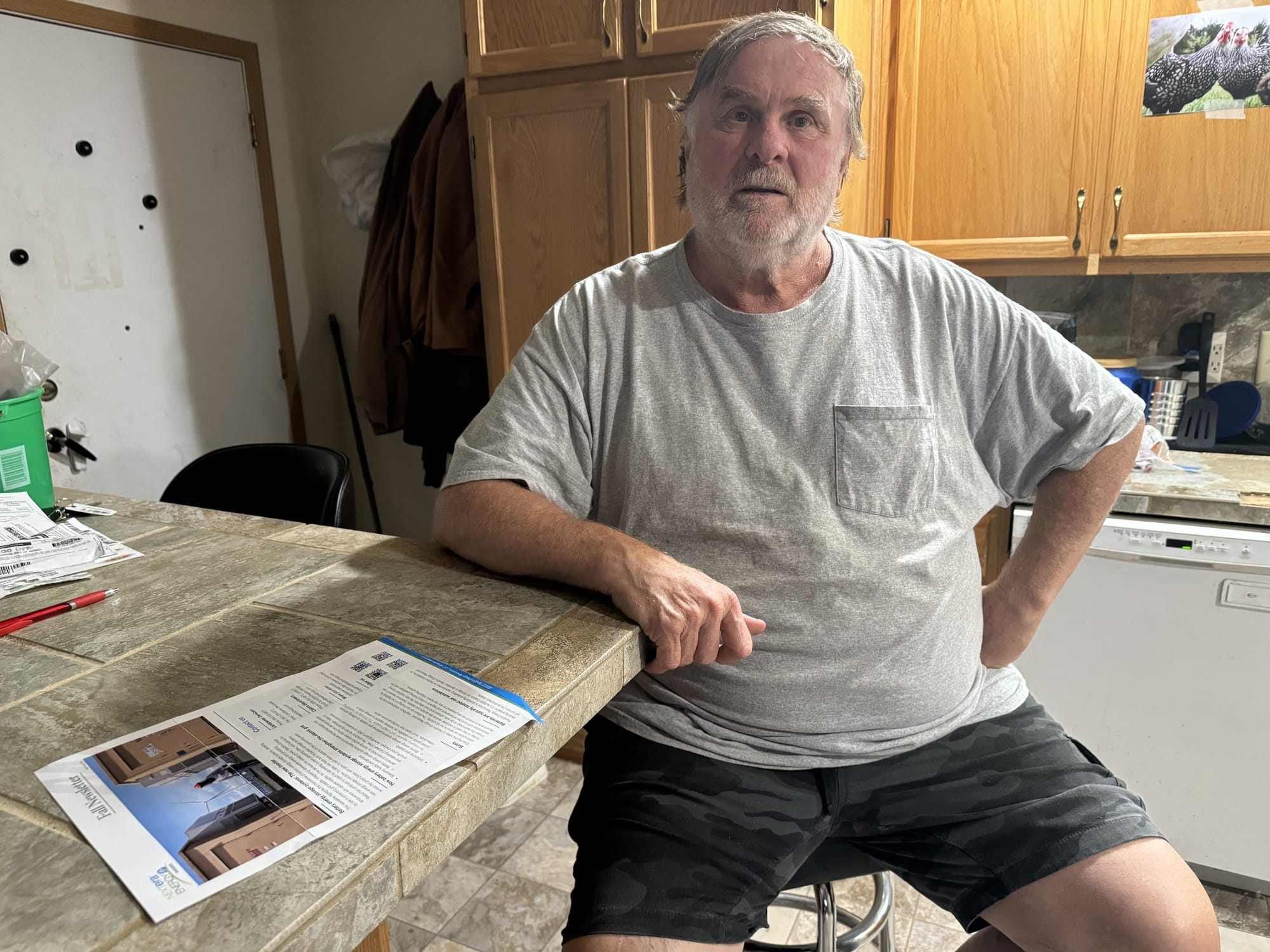
The batteries used in power storage are similar to those in smartphones, computers and electric vehicles, only much larger. While the batteries can catch fire, recent data shows that the storage systems are increasingly safe due to new federal regulations and internal systems that prevent fires from occurring or spreading.
Construction of lithium-ion battery systems is proposed for at least two South Dakota locations so far, one by Howey’s home and in a separate project in Brookings County.
In Codington County, the batteries would be the latest innovation attached to the state’s rapidly growing wind energy industry, which has more than doubled the number of wind turbines and energy production capacity in the past five years, according to the state Public Utilities Commission.
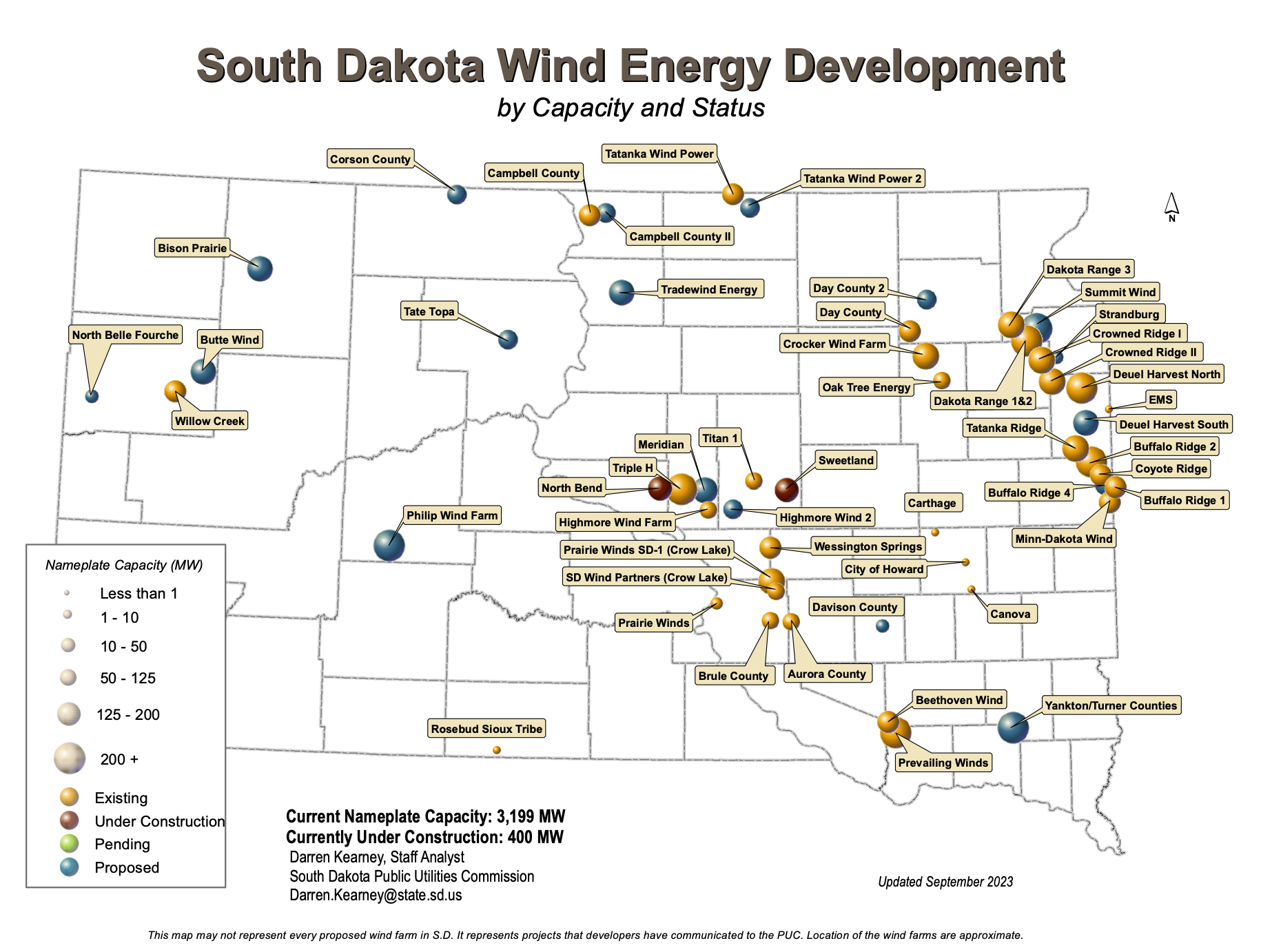
The battery systems, labeled “the new frontier” by Florida-based NextEra Energy Resources, are a way to provide more stability to the regional power grid and reduce the cost of electricity for customers.
By storing lower-cost energy produced during times of low customer demand, such as during overnight periods when winds blow but power use is low, utilities can later release that energy during times of high demand. The systems help ensure consistent energy supply, lower the likelihood of blackouts, and reduce costs for both utility companies and customers.
Battery storage capacity is growing rapidly across the country as the technology has evolved, the cost of large lithium-ion battery systems has fallen and as the nation moves further toward clean energy production.
According to the U.S. Energy Information Administration, the country had less than 500 megawatts of energy storage systems in place in 2016. But growth has exploded since then, with 16 gigawatts (16,000 MW) of storage in place in 2023 and a growth rate of 90% expected nationally in 2024, up to an estimated total of 30 gigawatts (30,000 MW).
Officials from NextEra, a sustainable energy division of Florida Power and Light, did not respond to a News Watch request for information. But in a September newsletter, the company said it has built 74 battery storage systems across the U.S. and expects to build more in the coming years.
Unlike the NextEra project, the Cloverleaf Battery Project in Brookings County, proposed by Florida-based Spearmint Energy, is a standalone system not tied to a specific sustainable energy source.
Instead, those batteries would collect energy from any source during non-peak times and push it onto the grid during times of peak demand, according to chief development officer Peter Rood. Without battery systems, low-cost energy that could be produced is lost because there is no room on the grid for it to be captured, leading to higher overall prices for consumers, Rood said.
Batteries likened to grain bins
Battery systems provide three major benefits and are similar in concept to grain storage systems, Rood said. Just as farmers store corn or other products during times of low prices or low demand and then sell when prices are higher or when demand rises well after harvest, battery system operators store low-cost energy that otherwise would be lost and sell it to utilities when demand and prices for electricity are higher.
“Even with the costs of storage factored in, the final energy prices are still lower (for utilities and their customers),” Rood told News Watch.
The batteries also ensure greater consistency and stability within the regional electric grid and can provide electricity in times of great need, such as during weather-caused outages, Rood said.
The multi-million dollar Spearmint project could take up to a decade to be fully constructed and would include up to 150 battery enclosures that can hold up to 175 megawatts of energy. The battery complex would be built on a 15-acre site about 7 miles southeast of White in Brookings County, near where two major power transmission systems meet.
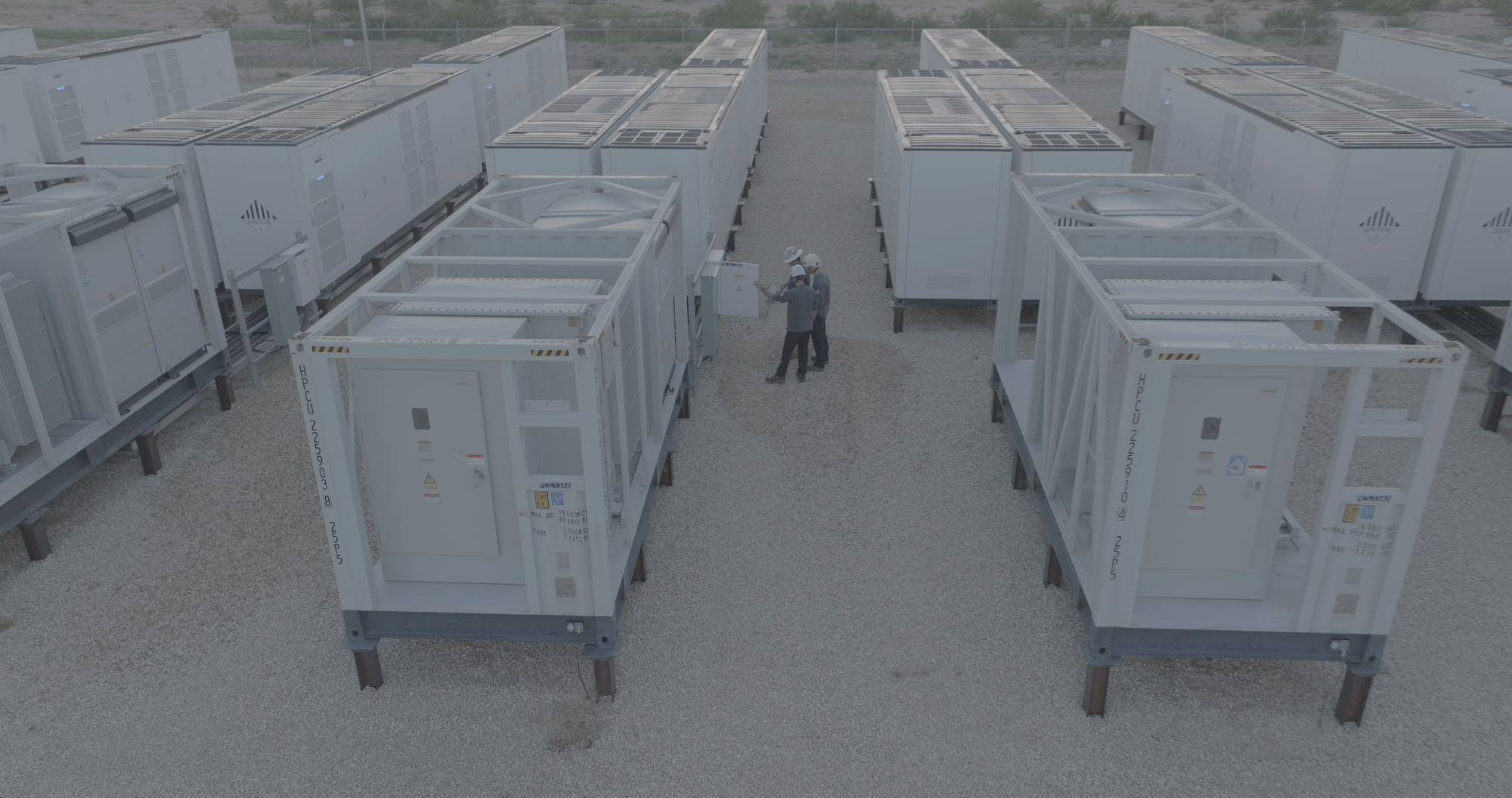
The project will create up to 100 jobs during a roughly 18-month construction period and will generate significant new property tax revenues for Brookings County once operational, Rood said.
The American Clean Power Association, which represents the battery storage industry, said that storing electricity saves customers money and avoids blackouts. The association said Texas saved $750 million in one month by using stored energy during an emergency and that a community in Nevada is expected to see energy bills fall by up to 20% when a new storage facility becomes fully operational.
Federal incentives aimed at battery projects
Just as it has provided tax incentives for development of wind and solar power, the federal government subsidizes construction of battery storage systems, with funding aimed both at developing batteries for electric vehicles and for grid storage systems.
In 2022, the DOE provided $2.8 billion in grants to manufacturers of lithium-ion batteries, with most of that money targeted at boosting batteries for electric vehicles.
To further jump-start production of battery systems, the DOE in 2024 issued $3 billion in matching grants to companies that make energy battery storage systems or components and to urge development of new battery technologies. Overall, the DOE intends to spend $8 billion to incentivize the energy storage battery industry.
One new effort seeks to incentivize battery construction in large and small communities across the country.
The U.S. Department of Energy in July announced a new program to offer up to $1 million to energy companies or communities that want to develop long-duration energy storage systems. The goal is to bolster the energy grid in urban and rural areas by making it easier for industry or local communities to invest in battery storage systems, according to the agency.
“These technical assistance vouchers empower technology innovators and communities with cutting-edge long-duration energy storage solutions,” Gene Rodrigues, an assistant secretary for DOE, said in a news release. “Our vision is to create a resilient energy future by bringing clean energy options directly to neighborhoods across America, ensuring reliability and equity for all.”
No state approval or monitoring required
Under current South Dakota law, the state has authority to approve or regulate the construction, location and operation of any energy conversion facility, solar energy facility, and wind energy facility that are 100 MWs or greater, as well as AC/DC conversion facilities and transmission facilities, according to Leah Mohr, deputy director of the PUC.
“To require a siting permit from the PUC, a battery storage facility would need to be considered generation under the definition of an ‘energy conversion facility,'” she wrote. “The question of whether a battery could fall under that definition has not come before the PUC, therefore, developers and interested persons should consult their attorney for guidance.”
In Codington County, the NextEra battery facility was granted a conditional use permit earlier this summer. Spearmint has secured land rights for its Brookings County facility and has been in contact with county officials but has not yet bought land or applied for a use permit, Rood said.
Safety risks exist, but industry pushes safety
Lithium-ion batteries can catch fire, and if fire breaks out within an energy storage facility, containment can be difficult, and explosions, release of toxic gasses and local evacuations can result.
Eight firefighters were injured in a 2019 explosion at an energy battery facility in Surprise, Arizona. In May, it took 40 firefighters five days to contain a fire at a battery facility in San Diego because the batteries emit oxygen that can cause fires to restart even after being extinguished .
On a smaller scale, the lithium-ion batteries used in cars, bicycles and other products have caused fires and deaths. In New York City in 2023, batteries in electric bikes caught fire 267 times, leading to 18 deaths and 150 injuries.
A database of energy battery failures aggregated by the ERPI research group documented 91 failures at stationary battery facilities globally since 2011 and 33 more incidents of failure of batteries in other situations. The data shows, however, that even as battery use has risen rapidly in recent years, incidence of failures has been on the decline.
The clean power group said that battery storage facilities place a high focus on testing and reliability and are constantly monitored for safety.
Battery companies communicate with local emergency response agencies in advance to ensure proper response if an accident does occur, Rood said. Stricter regulations and improved technologies prevent fires from occurring but also from spreading from one battery compartment to another, he said.
“It’s very unusual now for one to start on fire at all, but if it did, with projects built under these new codes, it’s a much less impactful event,” he said.
Batteries too close for comfort
Howey told News Watch that he supports production of sustainable energy and even paid more to tap sustainable sources while a power customer in Minnesota. He also doesn’t have a beef with the many wind turbines that surround his home but which are not located on his rural acreage. His property sits within the boundaries of NextEra’s Crown Ridge II project that includes about 130 wind towers.
However, he has had difficulty getting his concerns over the proximity of the battery storage facility to his home heard by the Codington County Commission or NextEra.
“Somehow they just seemed to forget that I’m here,” he said.
Howey said NextEra told him the batteries had to be built about 1,900 feet from his home because moving the facility would lead to “line loss” in which power diminishes as it is carried by transmission lines.
Howey continues to work with NextEra and hopes he can receive some financial compensation for being so close to the storage facility, similar to how power companies pay annual leases to landowners who allow turbines on their land. But he is no longer hopeful the batteries will be built farther from his home.
“I believe in it, I really believe in the whole (sustainable energy and battery storage) concept, but I just didn’t think it would be so close to people’s homes,” he said. “But you know, in the end it’s all about money, as it always is.”
